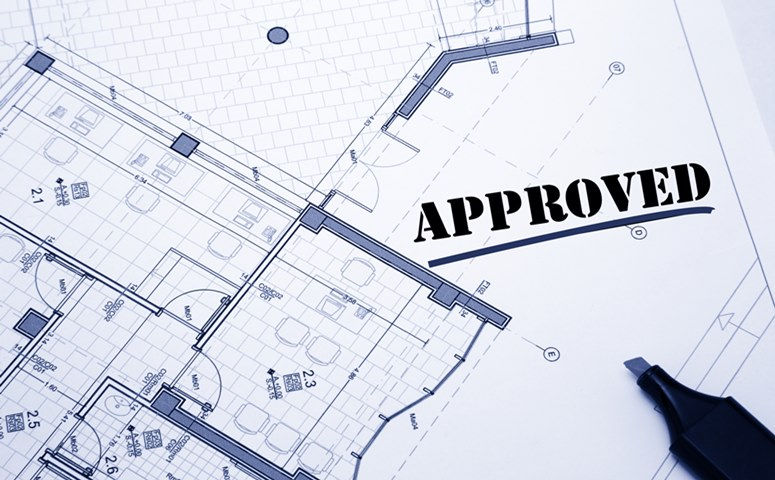What is a Development Application (DA)
A Development Application (DA) is essentially a formal request for permission to carry out certain development. This kind of DA is the standard method of getting consent for development in New South Wales. DA’s are suitable for complex developments that don’t meet all the requirements for Exempt Development/ Complying Development.
Aspects that Matter
The correct method of getting DA is dependent on these factors:
- The size & cost of the development that you need permission for
- The zone, location & the restrictions which are placed on your land
- The heritage status of that piece of land, buildings & surrounding land
There are 3 methods via which you can get approval for residential/commercial/industrial development in New South Wales, based on the extent of the proposed project:
Exempt Development
In case of any minor development such as deck building (as long as it meets a range of standards set out in that legislation). Approval will not be required for this kind of development
Complying Development
In the case of minor development such as construction of new house/installing ventilation in any commercial building (as long as it meets legislative requirements). This type of a development is approved via a CDC – Complying Development Certificate. It can be issued by a private certifier/your local council
Development Application (DA)
For a majority of other common types of development, ranging from building a house which exceeds the maximum-height in complying development standards to extending any existing industrial building /constructing an apartment. This approval is known as Development Consent, & is granted by the local council in that area
A DA consists of a collation of documents (this includes site plans, application forms, consultants’ reports etc) & has to be is submitted to the local Council.
Types of DA’s
In certain types of development, the DA process can be quick & simple. However, for more complicated applications, it can be quite lengthy, time-consuming as well as a frustrating process. There are certain types of development that can be significantly complex (these typically apply to industrial & commercial, rather than residential development):
State Significant Development
A variety of projects, including industrial, mining, energy, waste, infrastructure and tourism, are all considered to be state significant development if they’re over a specific size and/or situated in any sensitive environmental areas. These particular projects are then assessed by the Department of Planning & Infrastructure and not by your local council
Integrated Development
Certain projects need a permit from a different state government agency. This will be included in the DA. For example, sub-division for housing in any bushfire prone area will have to be authorised from the Rural Fire Service.
Designated Development
Listed in Schedule-3 of the Environmental Planning & Assessment Regulation 2000/SEPP/LEP, these projects are normally high-impact/ situated in environmentally -sensitive areas. Generally, the local council gives consent
The Development Application Process
Generally, once you have lodged a DA, this process is followed:
- Your Development Application will first be exhibited publicly. This allows any interested parties, such as any local businesses/neighbours, to view those development plans & raise their concerns, if any
- The council assesses your application against all the relevant controls. This includes Local Environmental Plans, State Environmental Planning Policies & Development Control Plans
- If your Development Application fails to comply with 1 of these controls, it doesn’t mean it will be refused automatically. The council will then undertake a merit assessment and decide whether all the positives of the approval outweigh the negatives
- If your application is successful, you will then be granted consent for development. There may be certain conditions imposed on the consent, such as the works that have be carried out before you occupy it/the materials that you are permitted to use
- If your Development Approval is unsuccessful, you can then request for council to later review the determination (with/without amendments to the original DA)/lodge an appeal at the Land & Environment Court.
As you can see, the procedure is straightforward, but may seem a little complex to a layperson. But if you follow the procedure in a methodical manner, you will be able to go successfully go through it. You can also get detailed information from this NSW Government site.
Thanks for reading,
Elementree Drafting Services
1300 566 873


No Comment